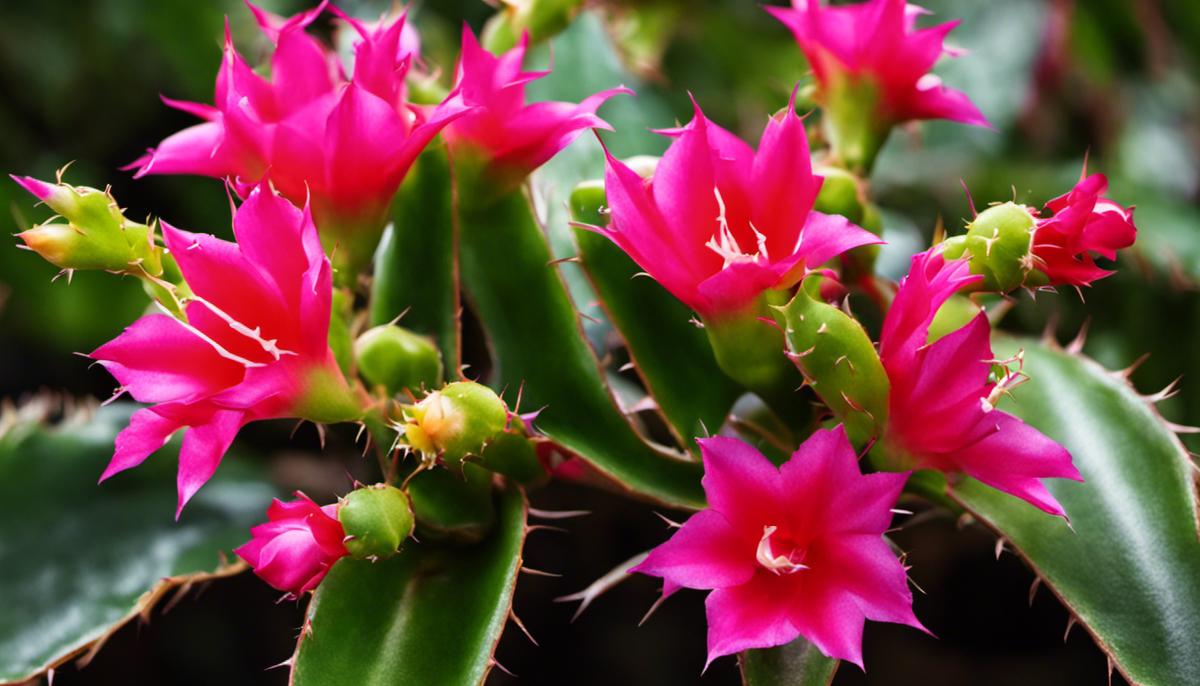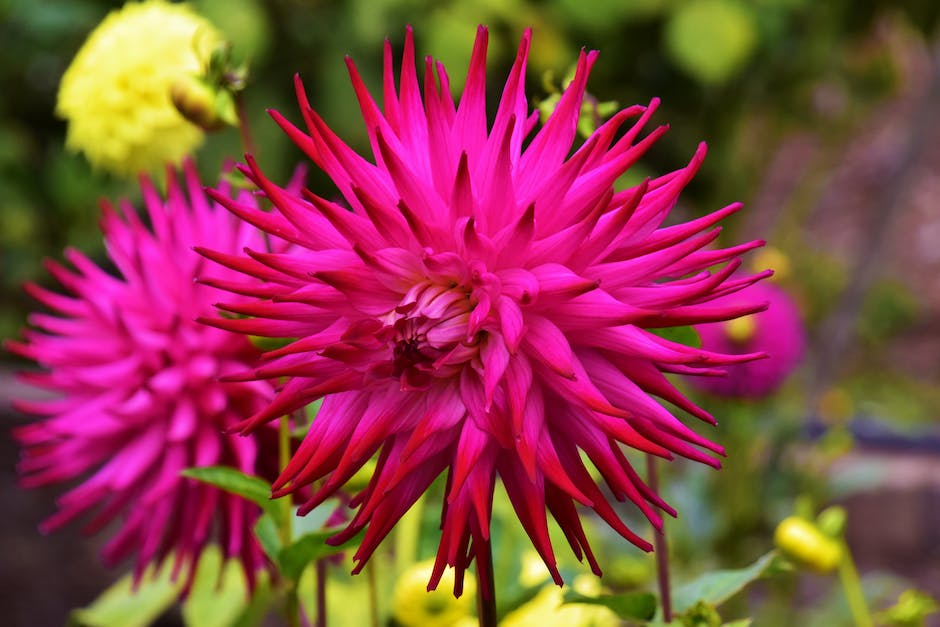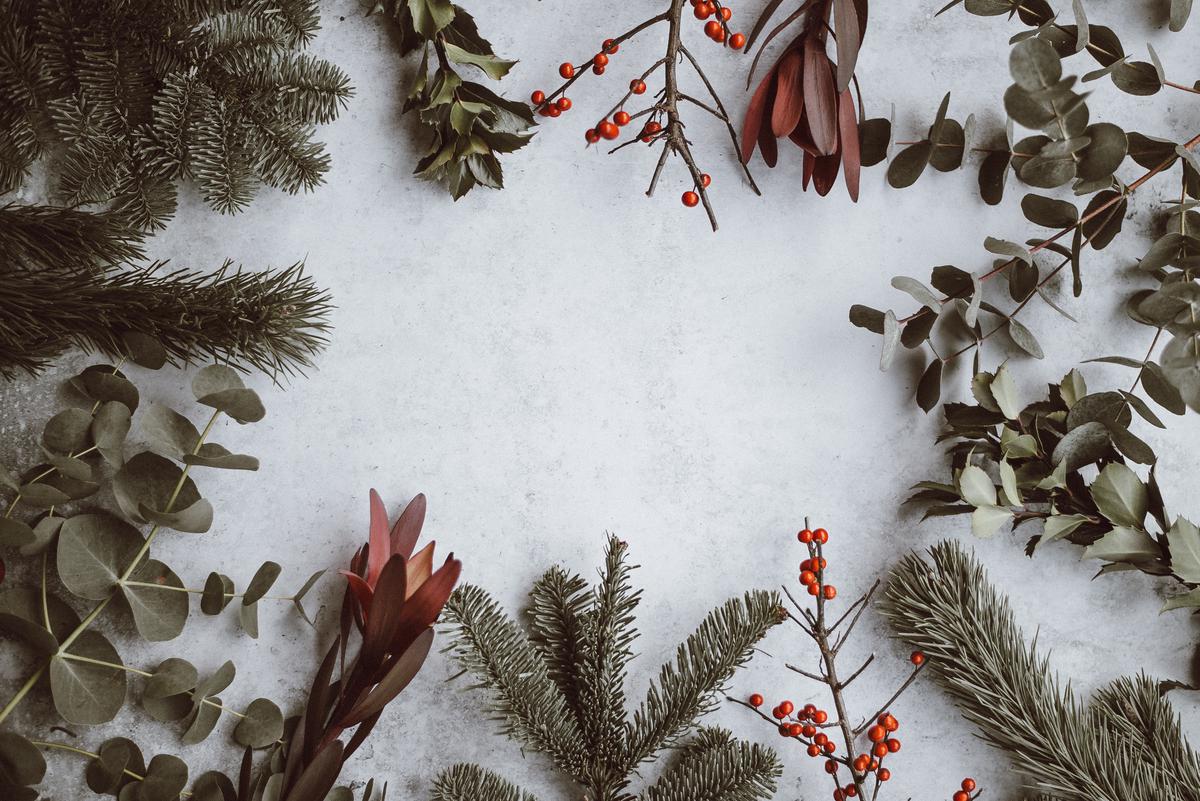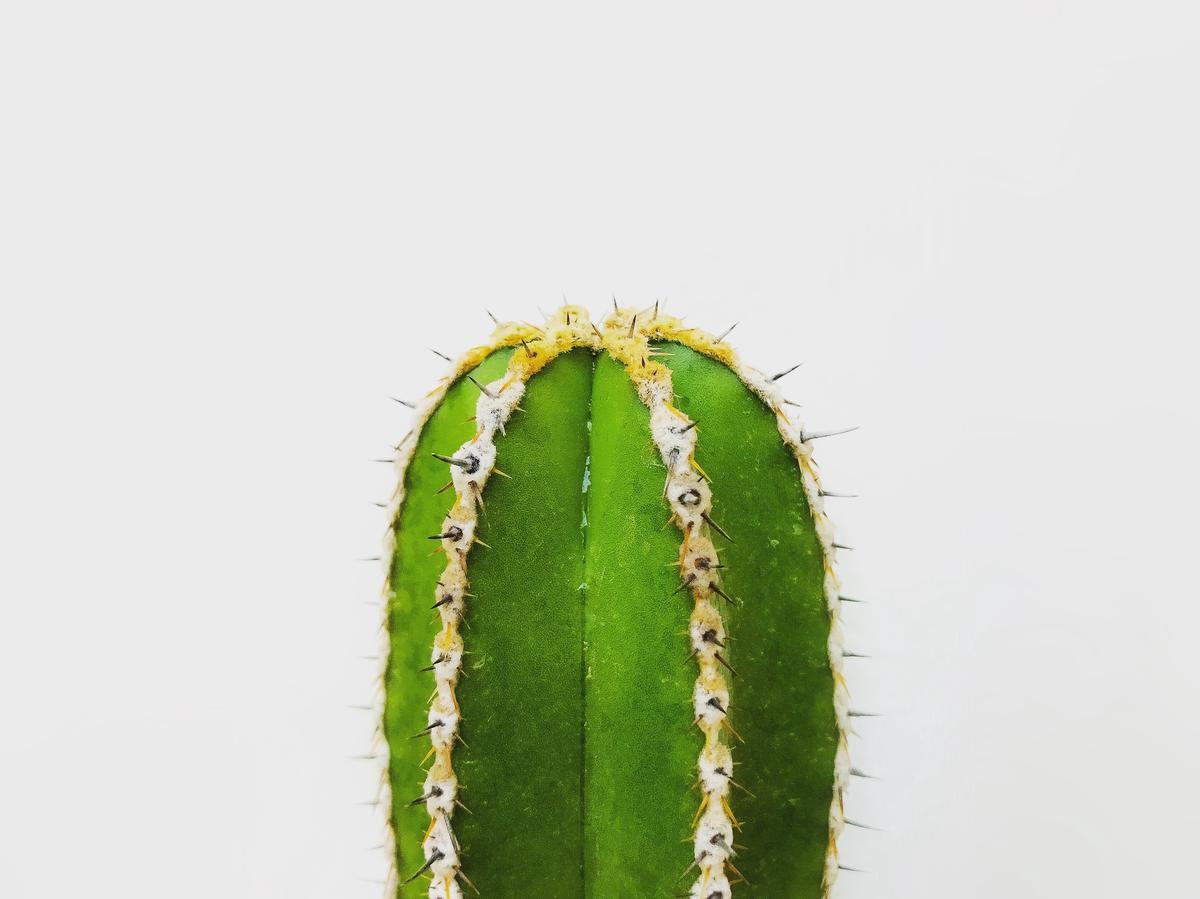Reviving Your Christmas Cactus: Limp Leaves Troubleshoot

Every year, the unique beauty and festive appeal of the Christmas cactus make it a popular plant during the holiday season. However, if your Christmas cactus has limp leaves, you’re likely feeling concerned. Not to worry, understanding the care requirements and identifying signs of plant stress can help you recover its former vitality. This writing delves into the basic needs of a Christmas cactus, including the right lighting, humidity, watering schedule, and soil type. It will point out how to recognize various stress factors such as overwatering, under watering, temperature extremes, and improper light exposure, and will provide you with effective steps to revive a limp Christmas cactus.
Understanding Christmas Cactus Care
<!–Hey there cacti enthusiasts, are you keen to learn about the delightful Christmas cactus?
–>Hey there cacti enthusiasts, are you keen to learn about the delightful Christmas cactus? With stunning flowers that bloom just in time for the holiday season, this little dynamo becomes a showstopper, often becoming an heirloom, passed down through generations. Guess what? Despite its exotic beauty, the Christmas cactus isn’t hard to care for, not by a long shot. Let’s delve into the world of Christmas cacti, and understand the basics of its care needs.
<!–First things first, light.
–>First things first, light. Much like your Grinch cousin who’d rather sit in the muted-light corner during Christmas, your Christmas cactus doesn’t like too much light either. Bright, but indirect light is what it loves the most.
<!–Equally important is the temperature.
–>Equally important is the temperature. This isn’t your typical desert cactus, it’s a cool cat. It thrives in cooler temperatures ranging between 60 to 70 degrees Fahrenheit during the growing season (April to September), and slightly cooler during its resting period just before it blooms.
<!–Watering is where a little bit of know-how makes a whole world of difference.
–>Watering is where a little bit of know-how makes a whole world of difference. While the Christmas cactus loves humidity, it’s quite averse to drenched soil. Water thoroughly when the top inch of the soil starts to feel dry. Remember, this cactus is a jungle cactus and as such, prefers a more humid environment than its desert-dwelling cousins.
<!–Speaking of soil, always opt for something fast-draining.
–>Speaking of soil, always opt for something fast-draining. A perfect combination is one part potting soil, two parts coarse sand or perlite, and one part humus – earthy, right? Remember to add drainage holes at the bottom of the pot to prevent excess water from collecting.
<!–Fertilizer is like Christmas gifts for this cactus.
–>Fertilizer is like Christmas gifts for this cactus. Use a houseplant fertilizer once a month during its growing period. However, put the fertilizers away during the late fall and winter periods.
<!–Keeping an eye out for pests is essential.
–>Keeping an eye out for pests is essential. While generally resistant, the Christmas cactus may occasionally play host to common pests like aphids, fungus gnats, and spider mites. Make sure to inspect regularly and treat with insecticidal soap if needed.
<!–Finally, everyone wants a blooming Christmas cactus for the holiday season, right?
–>Finally, everyone wants a blooming Christmas cactus for the holiday season, right? Well, the secret is a period of darkness. About six weeks before you want it to bloom, begin giving it 12-14 hours of darkness a day and cut back watering.
<!–There you have it, folks. A glimpse into the world of Christmas Cacti care.
–>There you have it, folks. A glimpse into the world of Christmas Cacti care. Now, it’s time to channel that enthusiasm, roll up those sleeves and provide your Christmas cactus with the TLC it thoroughly deserves. Happy cacti caring!

Identifying Plant Stress Factors
Detecting and Identifying Stress Factors affecting your Christmas Cactus
Well-versed plant enthusiasts understand that despite the best care, sometimes, indoor plants like the cherished Christmas cactus can experience stress. Distinguishing these stress factors promptly is critical to prevent long-term damage, ensuring the longevity and vibrancy of your cactus.
One of the first indicators of a stressed Christmas cactus is a change in leaf color. Too much or too little light, abrupt temperature changes, or nutrient deficiencies can cause the typically lush, green succulent leaves to turn yellow, red, or even wilted. A keen hobbyist will dial into these subtle color changes, signaling the need for swift attention.
Humidity plays a huge role in the overall health of your Christmas cactus. As natural dwellers of Brazilian rainforests, these cacti crave a humid environment. When humidity levels dip too low, leaves can wrinkle, wilt, or even drop off completely. Watching out for these symptoms and using a humidity meter can help you maintain the balance your cactus needs to thrive.
Incorrect watering, despite being covered already, stands out as a fundamental stress factor. Overwatering can lead to root rot while underwatering can lead to wilting. Be proactive in checking the moisture levels at the base of the plant. If the lower leaves are shriveling while the soil is wet, it’s a likely indicator of root rot.
Another potential stress factor to look for is bud drop. If you notice buds dropping off your Christmas cactus before they bloom, it’s a tell-tale sign that the plant is stressed. Bud drop can be caused by excessive temperature fluctuations, drafts, or rapid light level changes. So, it is imperative to monitor your plant’s location and the environmental shifts around it.
Root problems are another common cause of stress for Christmas cacti. Pay attention to signs like wilting, discoloration or weak new growth as they may indicate your plant could be experiencing root-related problems. They are typically caused by incorrect watering techniques, poor quality soil mix, or over-fertilization.
Last of all, do not overlook the possibility of diseases. Christmas cacti are prone to diseases like leaf spot and root rot. Regular inspection for abnormalities like yellow, black, or brown patches will help detect diseases early, maximizing the chances of recovery.
Ultimately, just like any hobbyist, Christmas cacti need a patient and a caring hand. By enhancing your observation skills and learning to detect these stress factors, your Christmas cactus will truly thrive and flourish! So, cultivate your patience, keep those keen eyes open, and embrace the joyous journey of plant parenthood!

Photo by anniespratt on Unsplash
Appropriate Actions for Reviving a Christmas Cactus
Ready to breathe new life into your beloved Christmas cactus? If you’ve noticed unfortunate symptoms such as a change in leaf color, bud drop, root problems, or even signs of diseases, don’t panic! Here’s what to do to revive your limp Christmas cactus.
Firstly, take note that change in leaf color, especially a shift towards yellow or reddish hues could be a sign of stress in your plant. Often, this is an indicator of too much sunlight exposure as Christmas cacti thrive in moderate to bright but indirect light. So, adjusting the plant’s position in your home could suffice to rectify this situation.
In the event of a bud drop, the humidity levels are the likely suspect. Christmas cacti are native to Brazil’s coastal mountains, so they flourish under slightly humid environments. Severely dry or humid conditions might cause the buds to drop prematurely. Try increasing humidity around your plant by placing it on a tray filled with pebbles and water. The evaporating water will create a microclimate of adequate humidity.
Of course, incorrect watering could be causing your Christmas cactus distress. Before discarding overwatering as the culprit because it was previously covered, consider that under watering is equally as harmful. Your Christmas cactus needs consistency in watering. Be observant of the top inch of the soil in the plant’s pot. When it’s dry to touch, it’s time to water.
Root problems are another common concern that can wither your Christmas cactus. Impaired roots can hamper nutrient and water absorption, leading to a pitiable plant. Normally, root problems erupt from overwatering or a poorly draining soil mix. Unfortunately, if root rot has set in, you may need to repot your cactus. Make sure to trim off any rotted or dead areas of the roots before doing so.
While Christmas cacti are pretty sturdy plants, sometimes they do succumb to certain diseases such as fungal or bacterial infections. Typical symptoms of such diseases include wilting, leaves falling off, or even an overall shriveling up of your plant. If you’ve detected a disease, remove the affected areas immediately to prevent spreading. Sourcing an appropriate fungicide or bactericide from your local garden store should help deal with this issue effectively.
In conclusion, while unyielding love and attentive care are essential for your Christmas cactus, the key lies in understanding its unique needs. By gauging your plant’s signals and taking timely action, you can ensure the health and vibrancy of your Christmas cactus, maintaining its charm for many holiday seasons to come.

Photo by beto_canedo on Unsplash
Remember, a vibrant Christmas cactus comes from careful attention to its unique requirements, and a keen eye for recognizing and mitigating any stress factors. By making small adjustments in watering frequency or light exposure, or even repotting, you can rehabilitate a limp Christmas cactus and restore its festive charm. Armed with the information provided here, you’re now empowered to give your Christmas cactus the care it needs to thrive. Before long, your Christmas cactus will be bursting with vitality, lifting your spirits and adding a touch of green to your holiday decorations.



